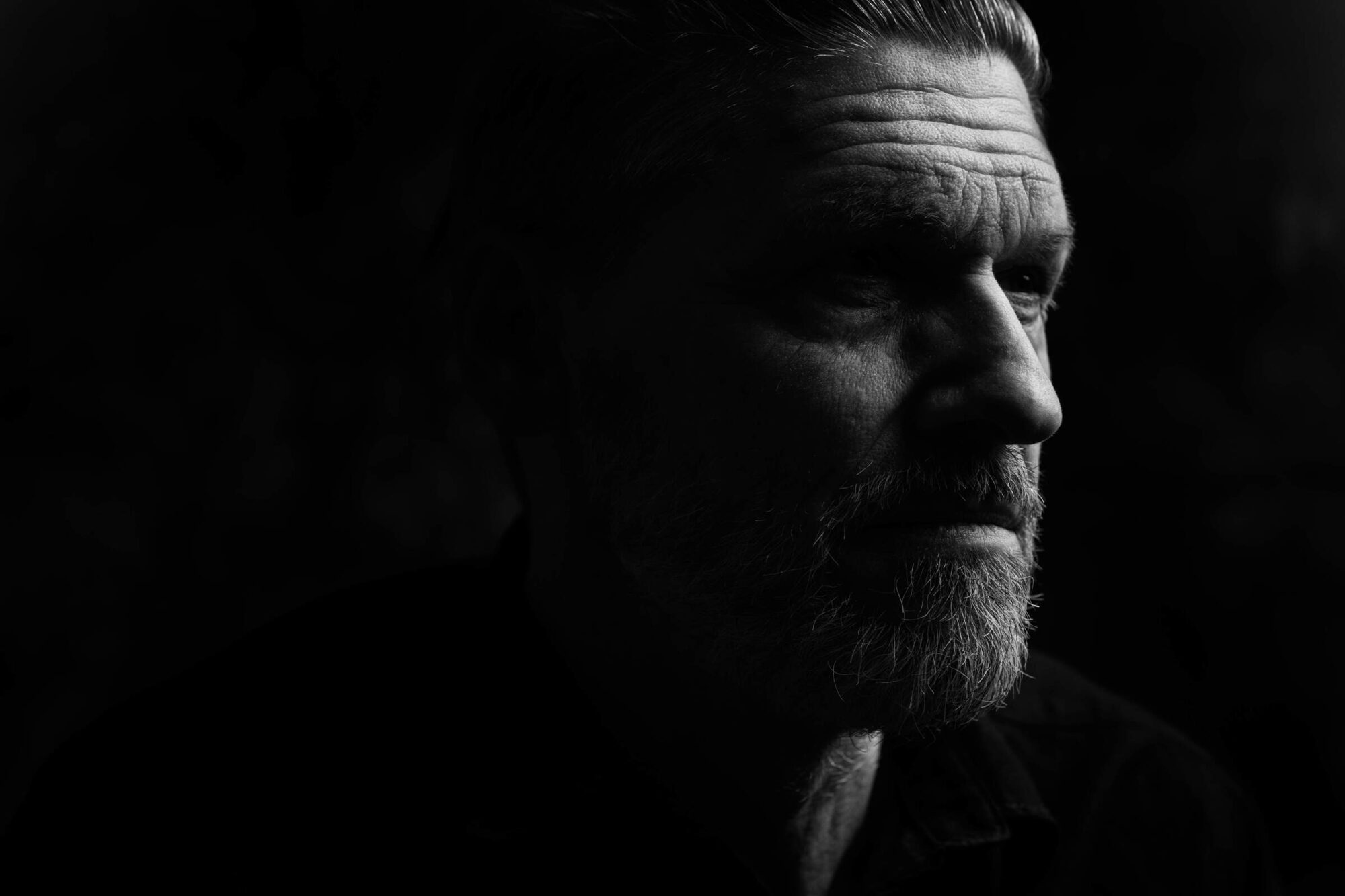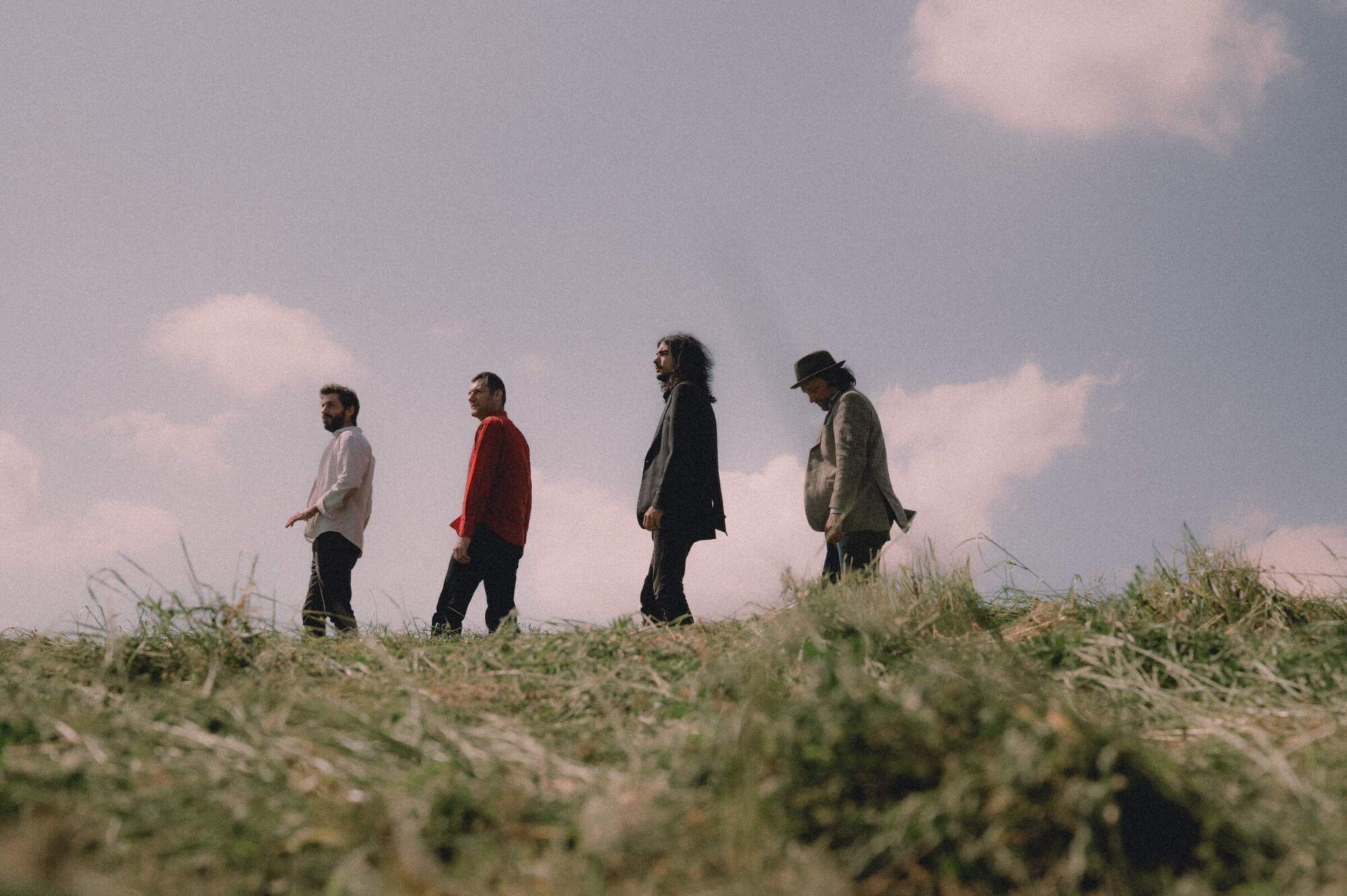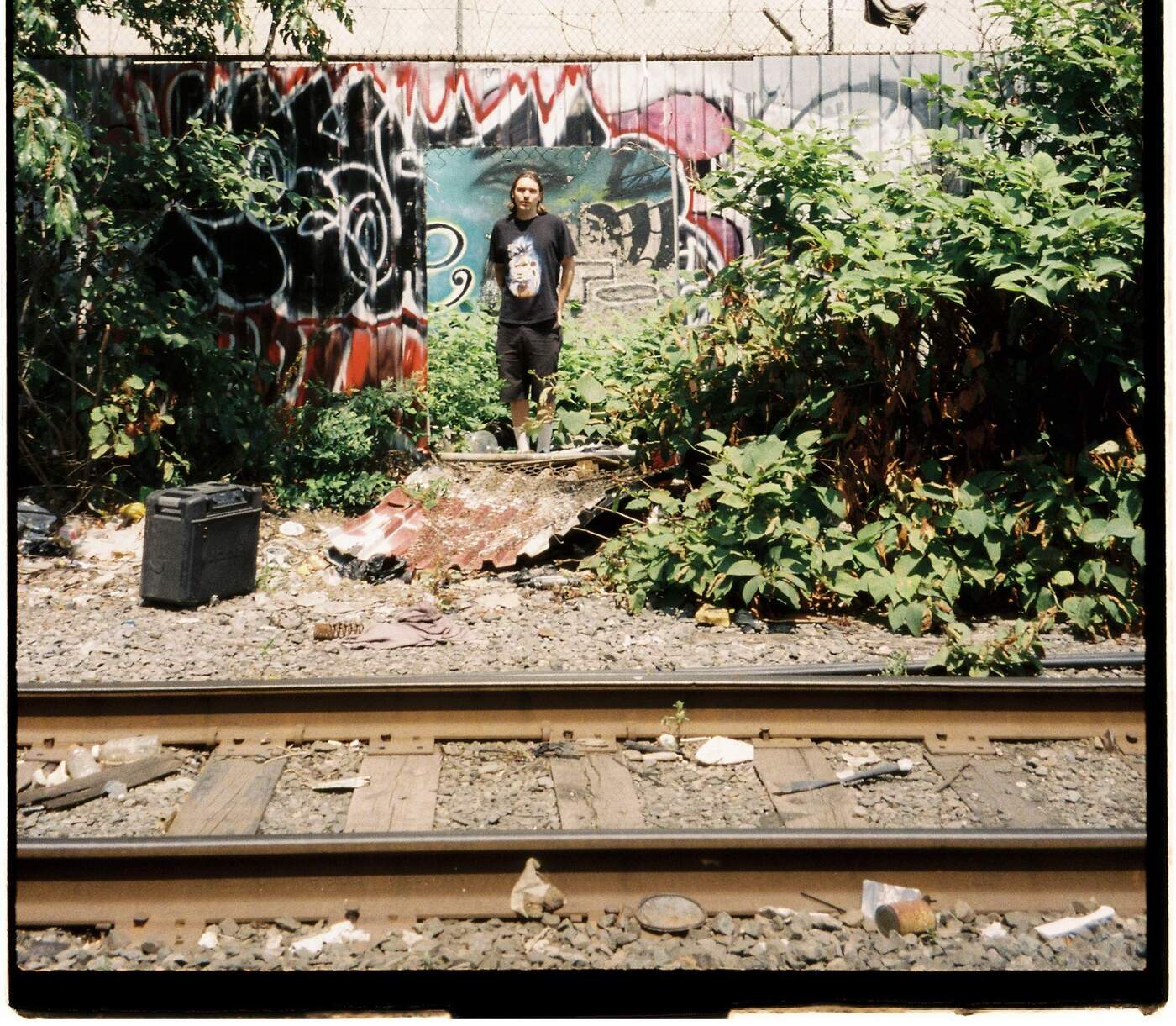Óðmenn interview with Jóhann G. Jóhannsson
Icelandic hard progressive rock group that originally released only one album for Parlophone in 1970.
Who were your major influences?
I was born 22 February 1947 in Keflavik and grew up in Y-Njardvik. Now Keflavik and Njardvik have merged into one community called Reykjanesbaer. In those days many Icelanders worked on the U.S. military base (adjacent to Keflavik International Airport). On base, there was both a television and radio station broadcasting a free local signal for the soldiers and the locals in the region to enjoy. Thus American music influences were strong over there. The most popular and influential pop musicians of the nation came from this area, in fact it has been compared to Liverpool, hometown of The Beatles since the impact on Icelandic music at that time was so immense. As a child I grew up in a fairly close relationship with nature. My main interest during childhood was drawing and painting pictures. I was determined to become an artist one day. Elvis Presley was my first music idol. I was probably 10 years old the first time I heard a song by him. My older brother Eric (born 1945 died 1971) owned a guitar and started teaching me playing a few chords. We listened to Elvis Presley, Little Richard, Four Seasons, etc. Pretty soon music was my main interest and I decided that my destiny was to be a musician.
Óðmenn was formed in 1966. Were you in any other bands before that?
In 1963 I attended Samvinnuskólinn at Bifröst, a commercial school in Borgarfjordur, and graduated 1965. I played guitar and sang in the school band both years. The summer I graduated four of us, members of the school band, decided to keep on playing, and now for the public. We named the band Straumar (Flux). We rented a flat in a small town named Borgarnes were we also worked a full daytime job. We played mainly at weekends and became quite popular. But I had other plans than to settle down there and moved again to my home town to found Óðmenn.
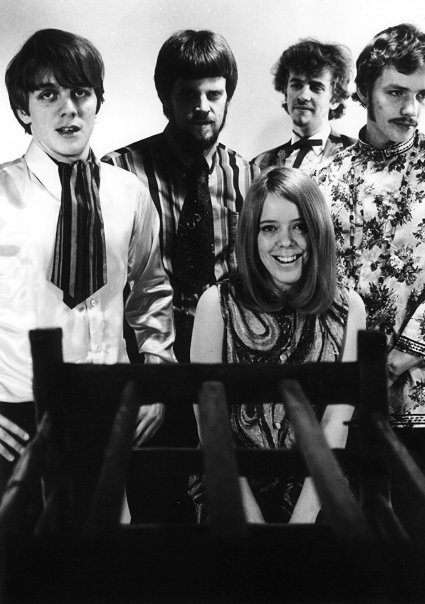
How did you guys meet?
Before I attended S.B. my brother and I, along with his best friend, Karl Hermannsson, had decided to form a band called Óðmenn after my graduation from Bifröst. We invited our cousin, Valur Emilsson, to play the drums in the band. Then Karl decided to drop out just when we were starting the band and Engilbert Jensen, who then recently quit Hljómar (the most popular band in Iceland at time), took the drummer´s seat and Valur became the rhythm guitarist of Óðmenn.
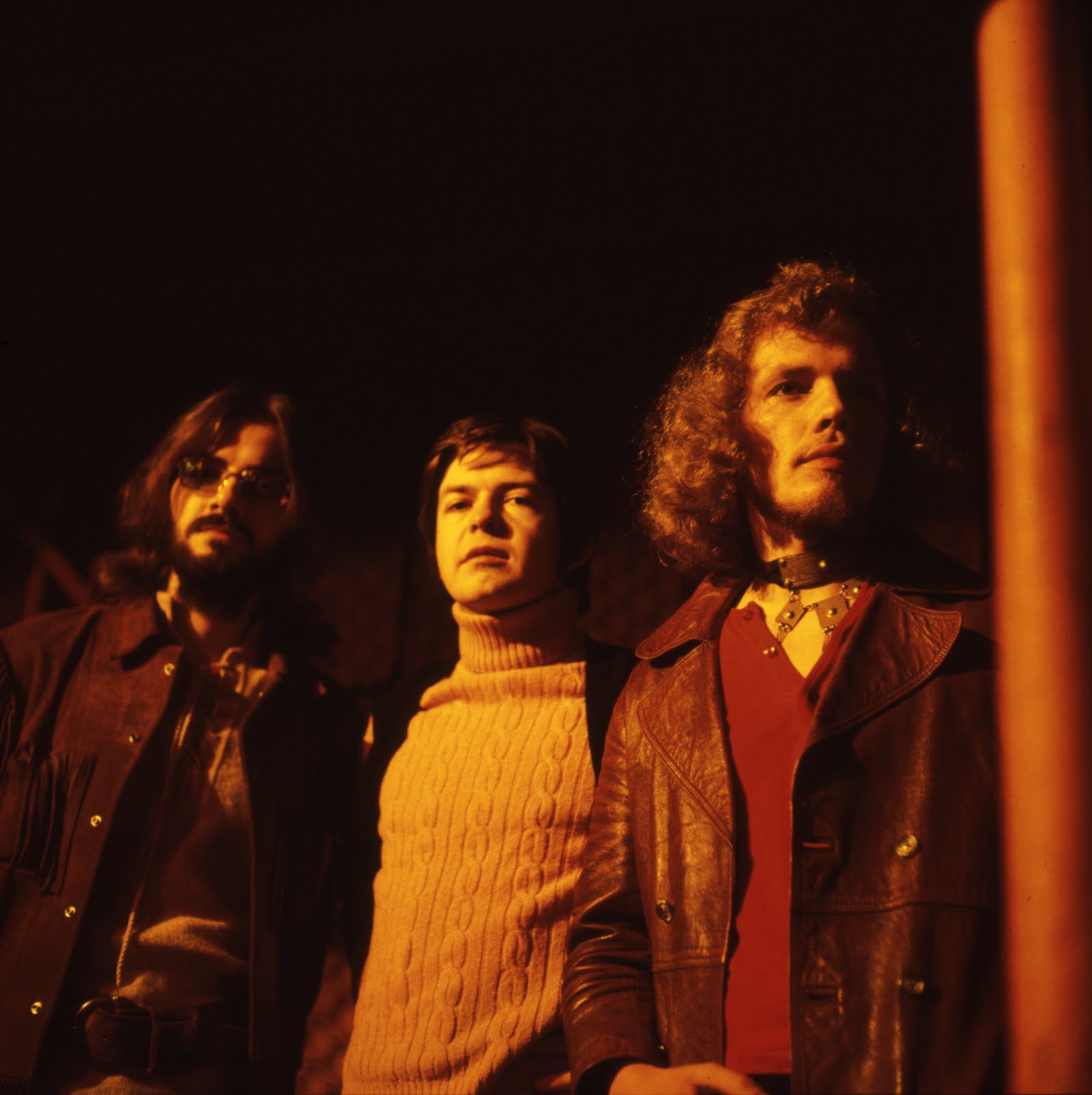
What does ‘Óðmenn’ mean?
The word “óður” means poetry, a song, in fact the English word “ode” is derived from it. But there is a double entendre in there, it can also mean crazy, mad. Óðmenn to us meant: those who perform poetry & song.
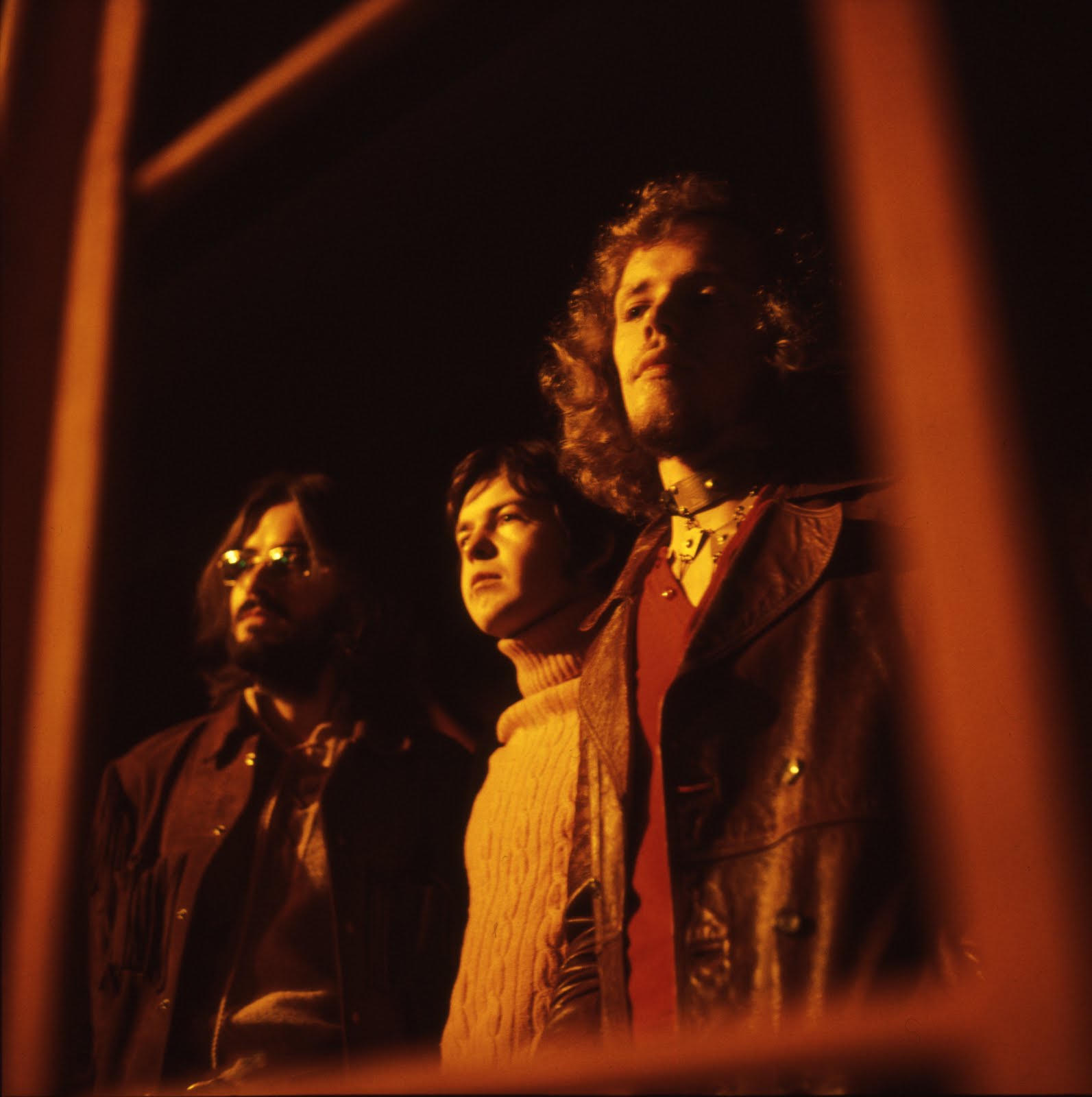
In 1967 you released an EP and later, in 1970 you released two 45 and LP.
The EP you mentioned, released in 1967, contains 5 tracks from a TV show; Óðmenn. It was the first episode about an Icelandic pop group to be shown on Icelandic TV, the latter having begun operations for the first time ever in September 1966. Peter Östlund (former drummer of Hljómar when it was a true prog band) had joined Óðmenn in 1967 after drummer Jensen reunited with Hljómar. Later that same year Magnús Kjartansson, keyboard player, and Shady Owens, vocalist, joined Óðmenn. Óðmenn split up in 1968 and I started playing in the Musica Prima which consisted of great Icelandic jazz players. That period for me was very educational in music.
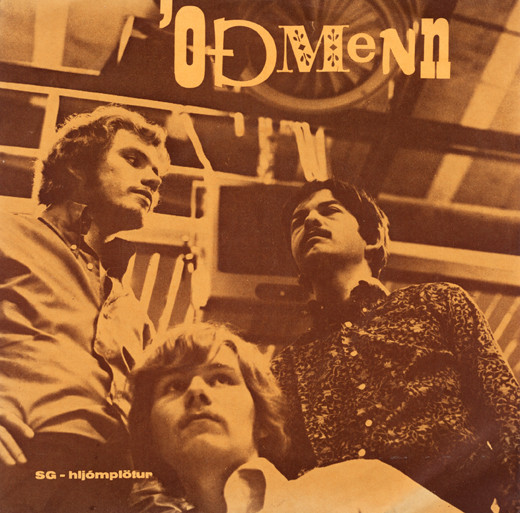
I refounded Óðmenn early 1969 with Finnur T. Stefánsson, guitarist, and Ólafur Garðarsson, drummer. Óðmenn recorded 2 singles at Olympic Studios in London under the supervision of Derek Wadsworth, who was among the most gifted and versatile composers for film and television of his generation. He was also a superb jazz trombonist. He died 15th December 2008. He helped me a lot making my first solo album Langspil released in 1974, recorded at Olympic Studios. Before we did Langspil he assisted me in recording two singles released in 1973. One of the songs “Don´t Try To Fool Me” became an instant hit in Iceland and has been recorded by several artists since then; by Regina Ósk in 2003 and that version became very popular.
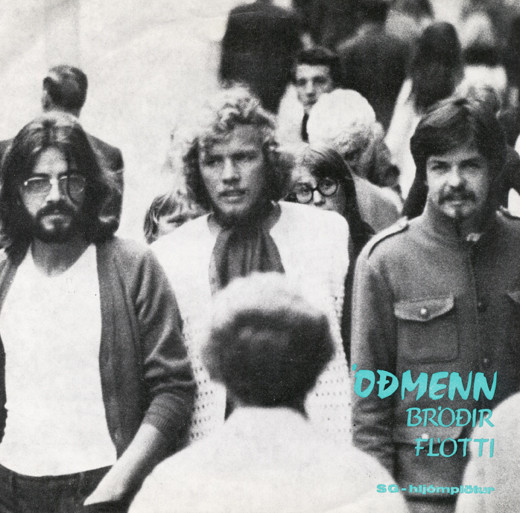
Ólafur Garðarsson quit Óðmenn in early 1970 and Reynir Harðarson took his place. The double album was released in December the same year (on Pharlaphone label) and was the first double album to be released in Iceland. It took 70 hours to make it and most of the recordings took place at night. We had difficulties sleeping during the day since our Hotel was downtown and a lot of noise coming from the outside. This got on our nerves so much that the band almost broke up before finishing the album. The day we recorded Frelsi (improvised piece about 19 minutes long) I shared the whole day with Finnur, who was looking for a gift to buy for his girlfriend, trying to make him change his mind and finish the album. Something came up between him and Reynir while I was playing the Harmonica in the track “Stund” and Finnur decided not play ever again with Reynir. We were supposed to record Frelsi, the last track on the album, late that night. I bought a little bottle of Whiskey when we came to Denmark. So when I and Finnur came to our hotel room, which the 3 of us shared together, there sat Reynir, looking very gloomy. This is the moment to offer some Whiskey I thought to myself. After a while we were talking and decided to dine together. And as we were dining Finnur reached out to Reynir, they shook hands and that was it! Later that night we recorded Frelsi which is completely an improvised piece. What a relief it was to finish that album!
What kind of equipment did you use?
Six string Fender bass and Marshall amplifier.
What can you say about the cover artwork?
I had collected newspaper articles about Óðmenn and it occurred to me that it could be used as material for the artwork.
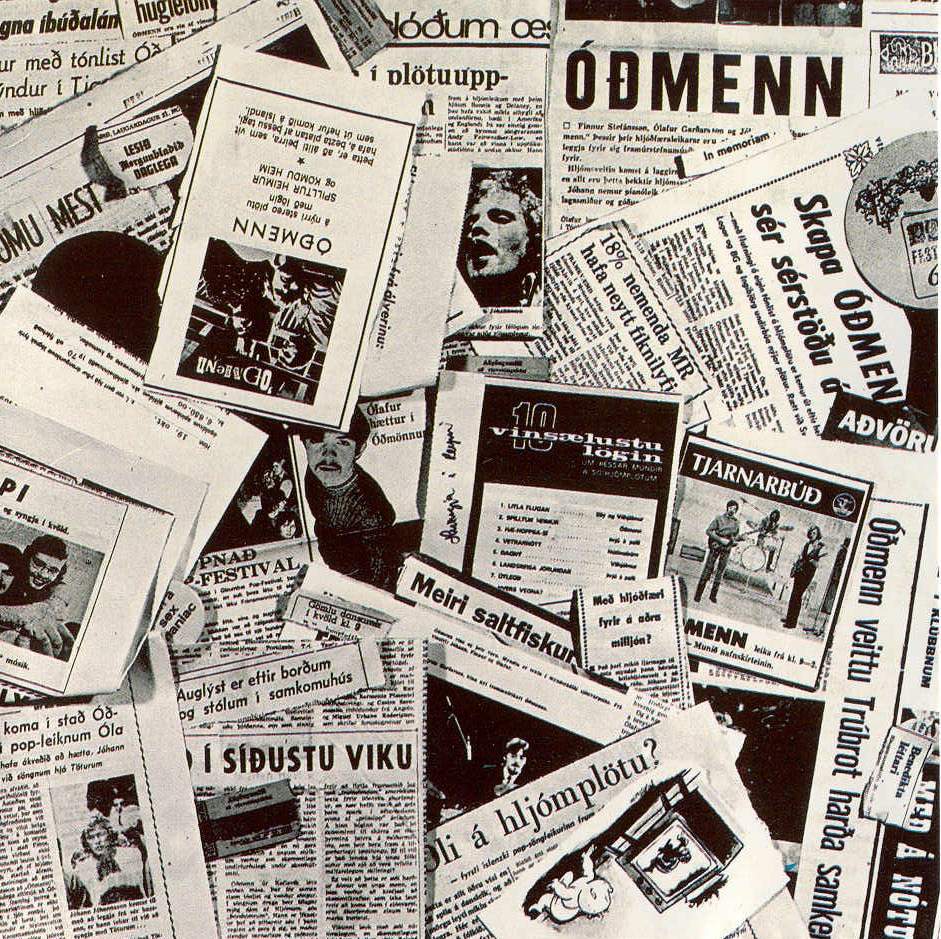
How many copies were pressed?
1000 copies.
Did you do any tour?
Óðmenn was history when the double album came out. Finnur had taken a year off from law school and now it was time for him to continue. We all knew that we had this limited time to work together and decided that the double album would be our swan song, so to speak. I think this was the drive we needed to implement our ideas. Óðmenn played once or twice after releasing the double album. A year later, Reynir moved to America and has lived there ever since. Finnur became a lawyer and later a politician for a few years. Then he began serious musical studies and has recently as composer finished his 10th Symphony and is getting ready to compose a Opera.
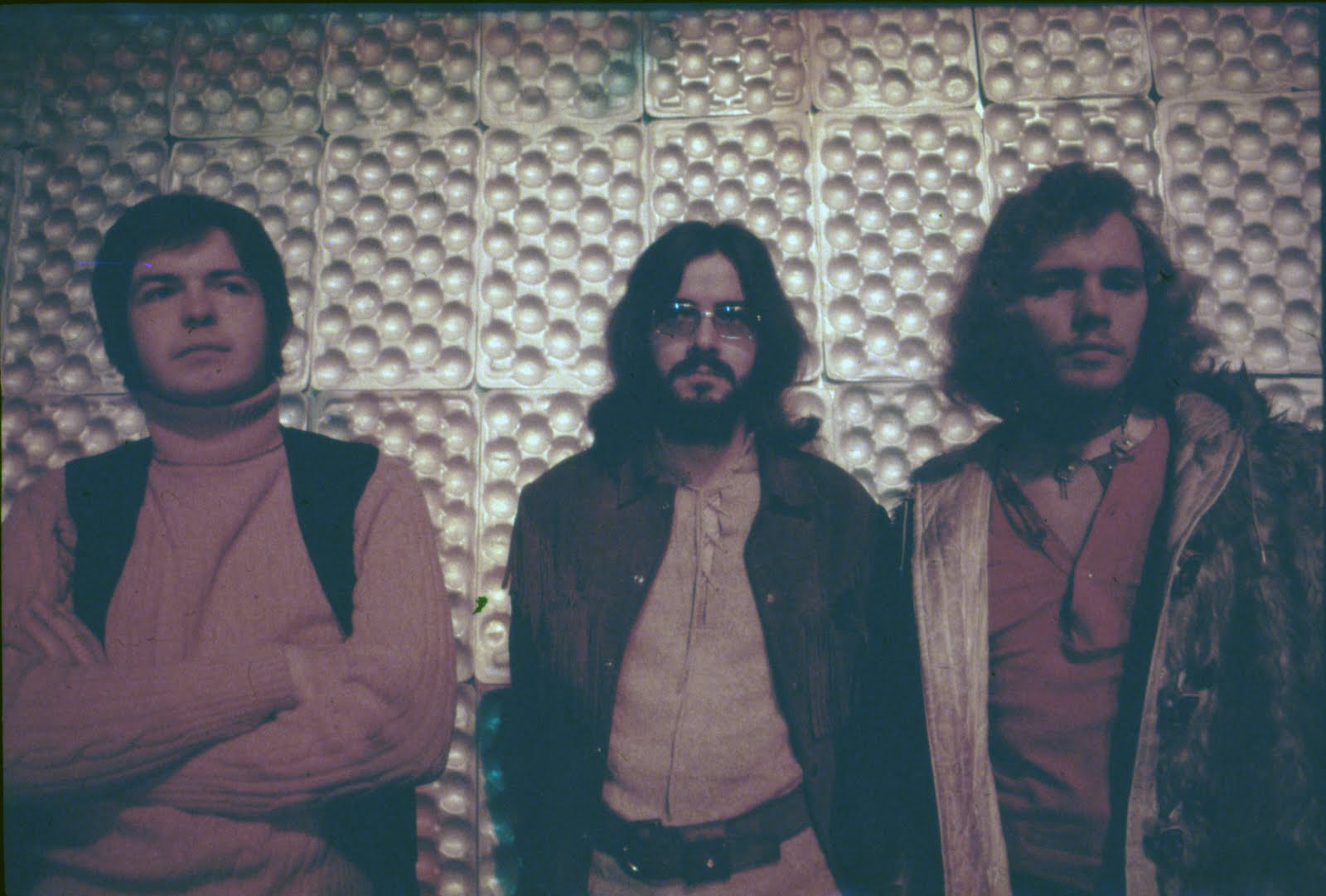
What was the scene like in Iceland?
Axel Einarsson, the founder of Icecross, is a very good friend of mine. He now lives in Sweden and has been working many years on his solo album which hopefully will be out this year.
Many critics had hailed Óðmenn as a “super group” where people should listen to the music instead dancing to it. But pop concerts were not common then. This started the rumour that it was impossible to dance to our music which was really bad for business. Who would want to hire a band then if you could not dance to the music? So we did not get many jobs until a friend came along (Ágúst Jónsson) and offered to be our manager. He made us change our image a little (by playing few popular songs at that time) just enough so that we could survive the summer and get prepared for making the double album.
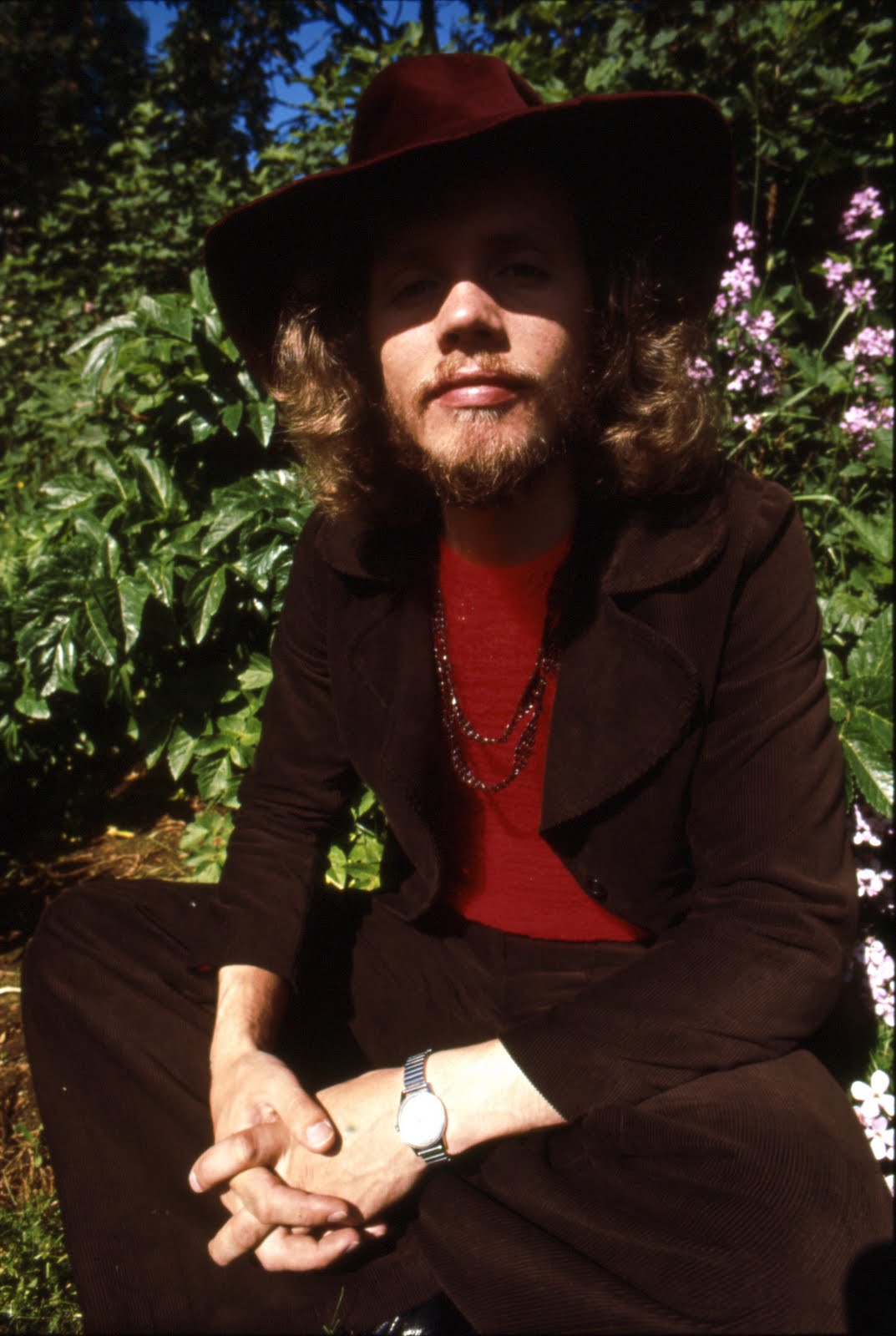
The period from early 1969 to spring 1973, was turbulent in the Icelandic rock arena. The music became heavier and the former raging river of Beatle influence split into many streams. The distinction between “light” and “heavy” forces got clearer and people seemed to enjoy the bands even more the heavier they were. The most progressive bands even went so far as to offer original materials playing in dance halls too, but those endeavours got a mixed response. Of course this development was in connection with general trends in lifestyle and what young people were thinking at the time. No one was a true hippie unless he/she sang about the injustices of the world and other things this generation valued highly. Experimentation and general appeal to things out of the ordinary, along with generally flipping out and heavy drug-related references, were all the rage. “The Age of Aquarius” was in full force and the ideas of hippies and their high hopes and idealistic goals ruled supreme. (from the book of Dr. Gunni, Eru ekki allir í stuði?).
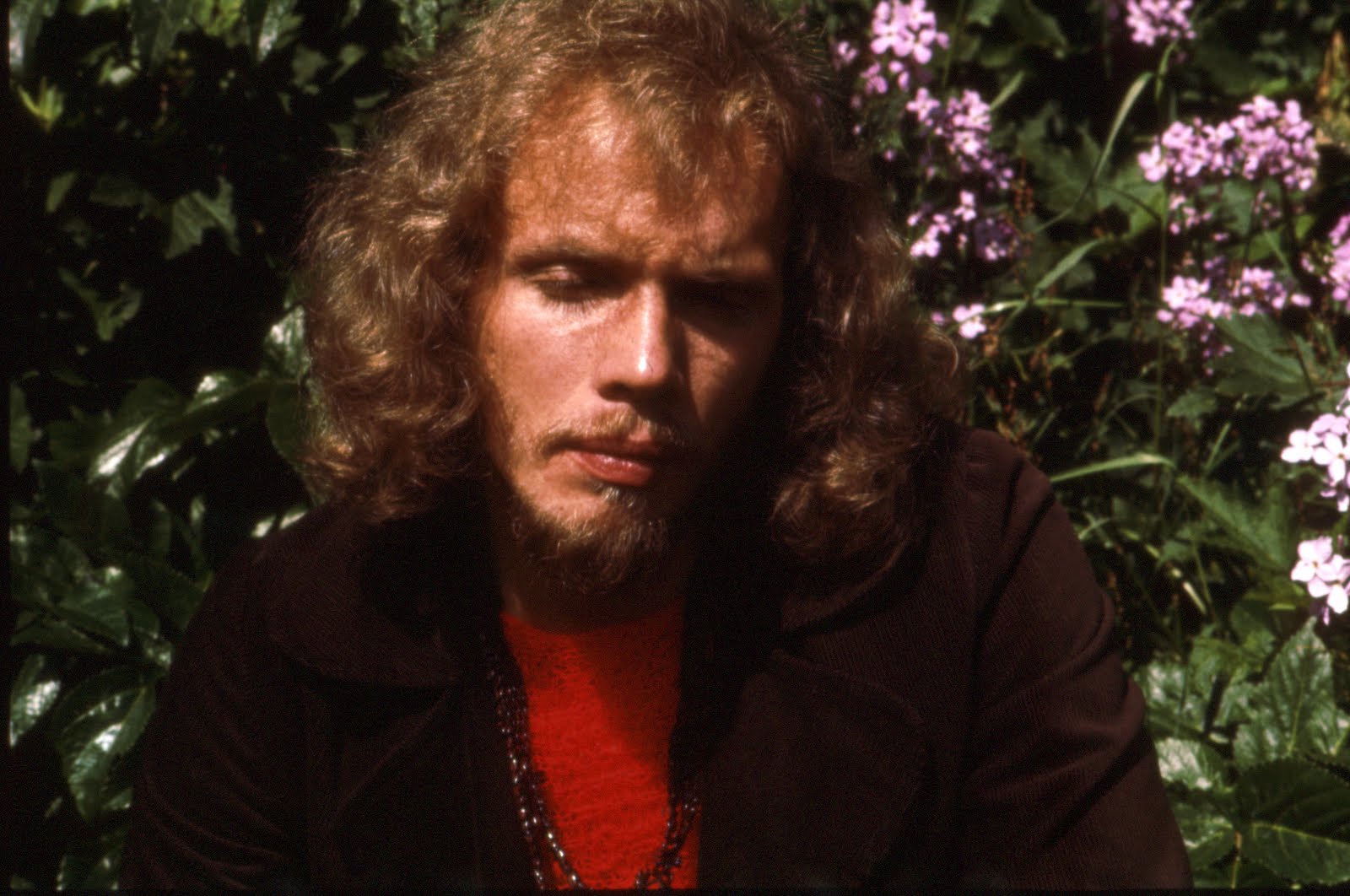
Later you joined Náttúra.
My friend Ólafur Garðarsson asked me to join Náttúra in 1972. When I quit Óðmenn I started painting and my first exhibition took place in 1971 and my second the year right after. Náttúra was the heaviest band in Iceland so it was an honor to join the band.
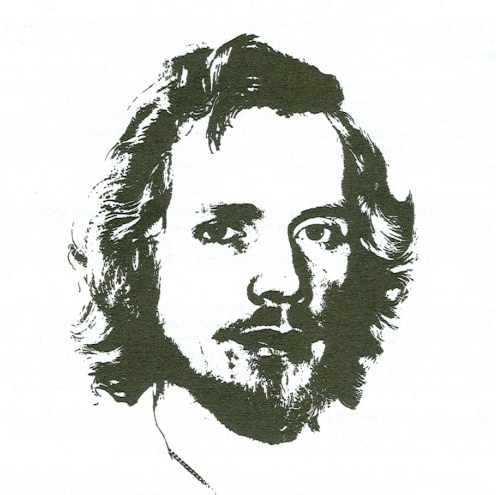
I was a guitar player in Náttúra and one night when we were starting to improvise, (our way to start each concert) I decided that I was going to play only a single note and stick to it through the whole improvisation, which usually lasted up to half an hour. When I had played the one note for about twenty minutes I decided to stop playing it. And few seconds later the band stopped playing too. When I later asked my friend Björgvin Gíslason (the guitar player) why he quit playing too he told me that he was so hooked on this one note that when I stopped playing it he could not keep on playing. I stayed only for a few months with Náttúra and began my solo carrier in 1973 by going to England to record two singles. One of the songs, Don´t Try To Fool Me, became one of my biggest hits. But before that an avant garde single named Brotinn Gítar & Þögnin Rofin were released with the label Á.Á. Records (Broken Guitar & Interrupted Silence) which lead people to think that I had gone completely mad.
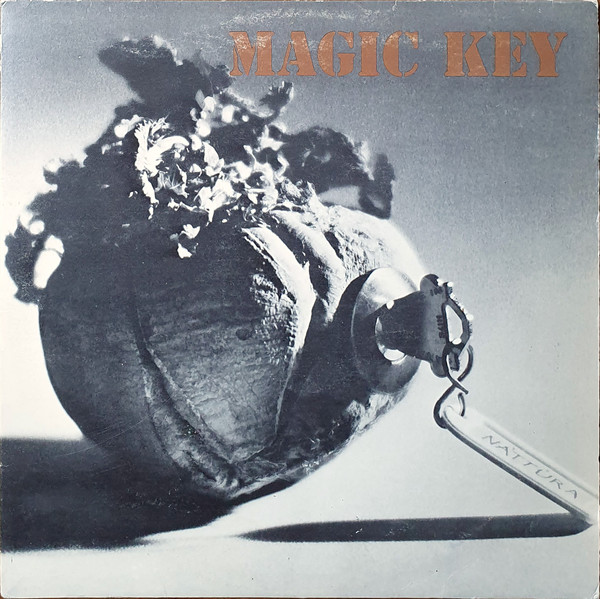
You were also a part of Íslensk kjötsúpa and produced two solo albums in the 70’s and one album in the 80’s.
All the tracks on Íslensk kjötsúpa were written by me exept one song, which my friend Björgvin Gíslason and I wrote together. The songs are mainly about a life of a pop star. The idea behind was to make it a musical on day. And now more than 30 years later it could be happening. As Don´t Try To Fool Me was a major hit I went back to England 1974 and with great help from my friend Derek Wadsworth I recorded my first solo album Langspil, all lyrics in English.
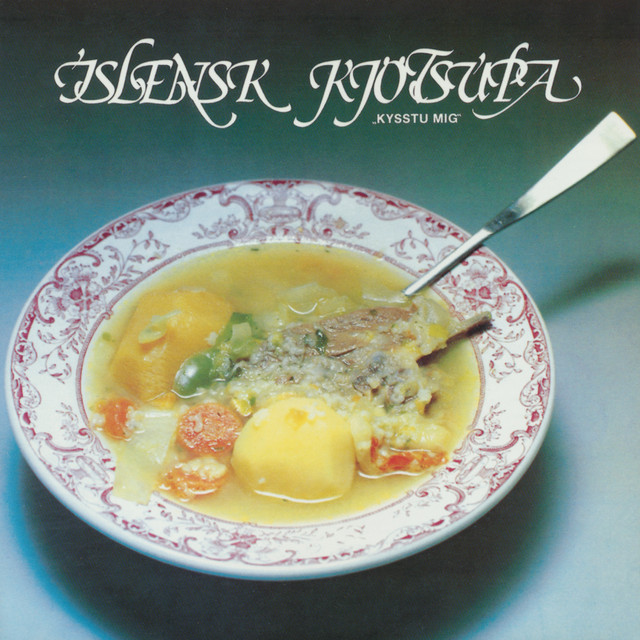
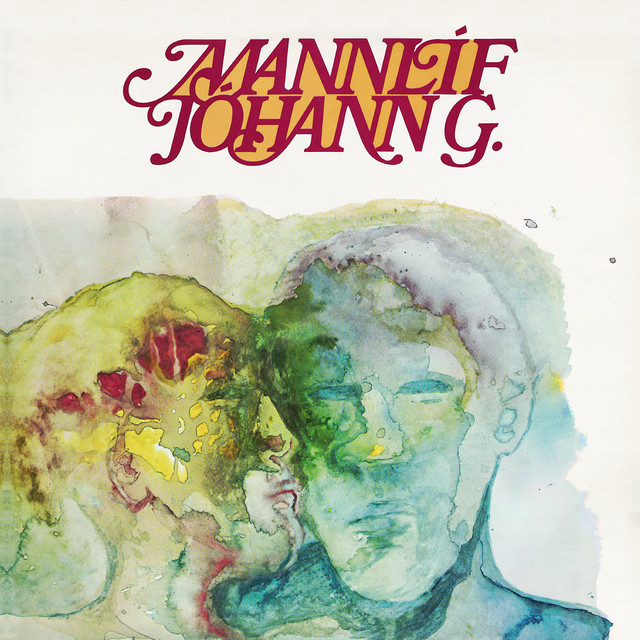
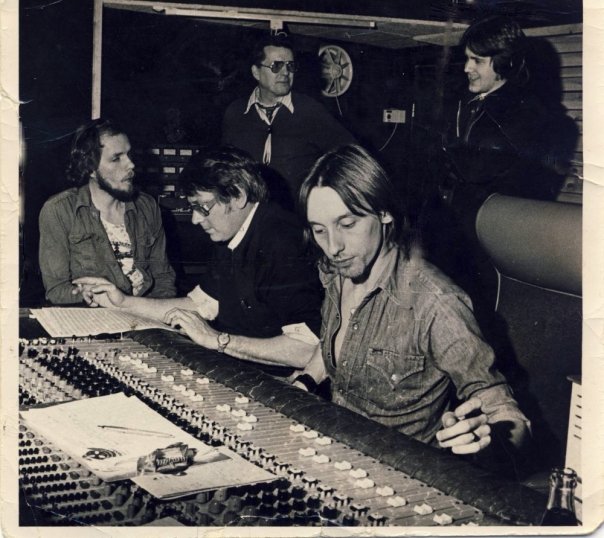
In 1976 I released my second solo album Mannlíf, all lyrics in Icelandic. 1988 my third solo album Myndræn áhrif came out. Then 10 years later I collaborated with Jón Ólafsson, piano player and some young enthusiastic musicians and together we made the album “Asking for love”(lyrics in English).
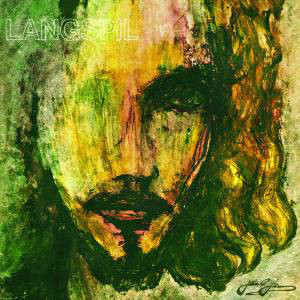
Emiliana Torrini sings the title song. Later she became a well known artist outside Iceland.
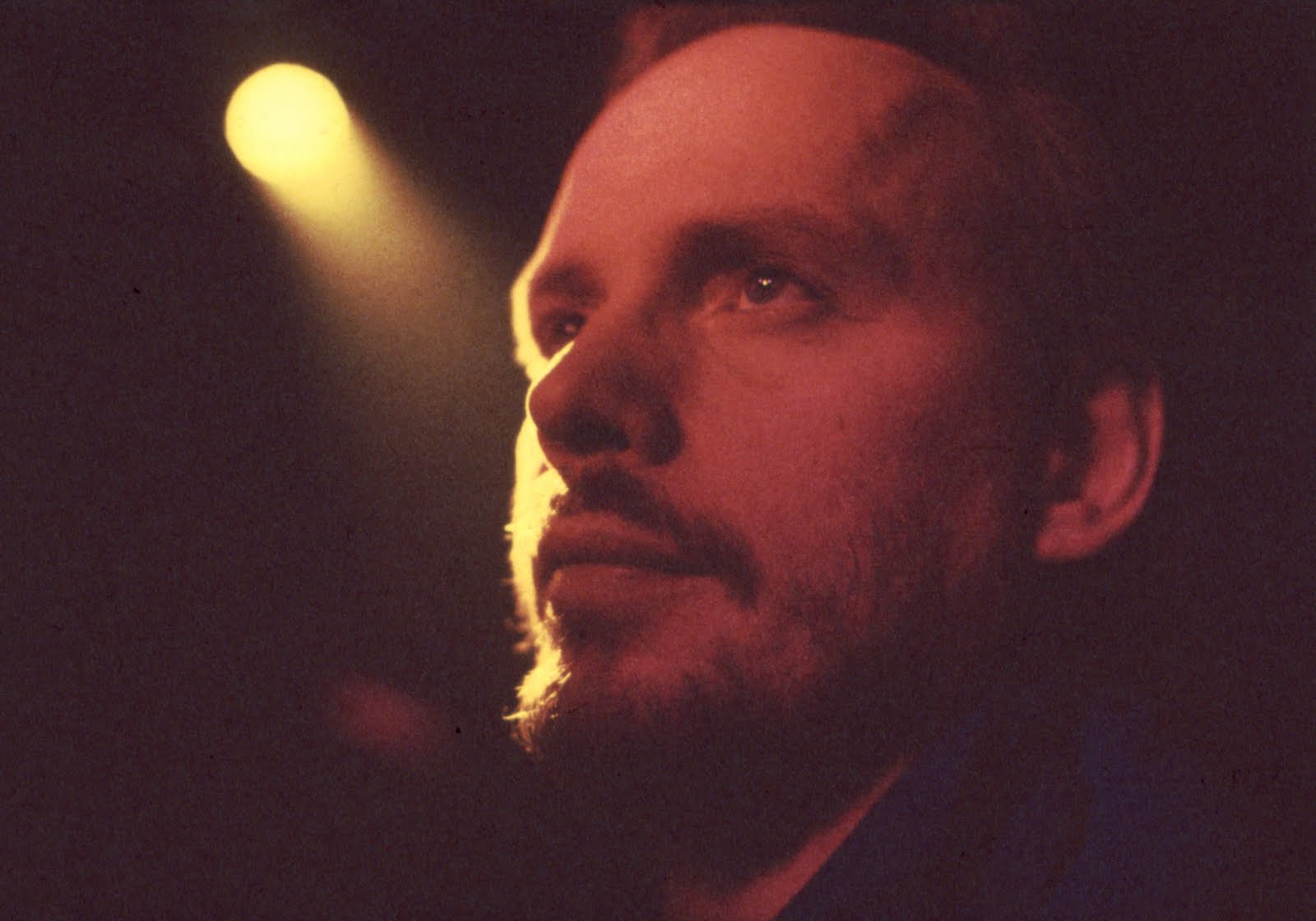
What are you doing these days?
My fourth solo album was released by Sena 2009 named “Á langri leið” which means On a Long Journey.
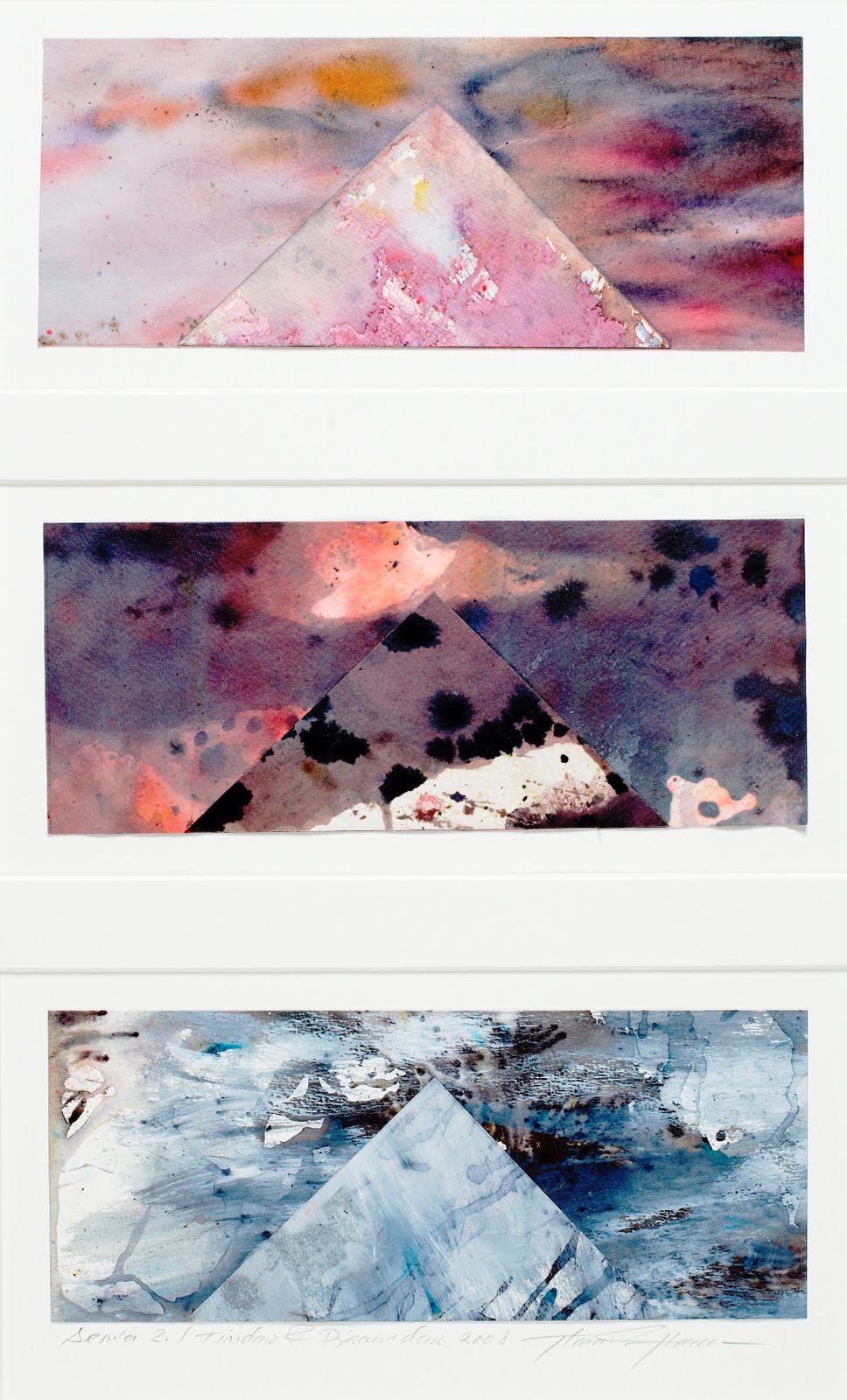
And in 2010 I released on my own label the album JohannG In English consisting of 28 songs performed by 30 top Icelandic artists along with me.
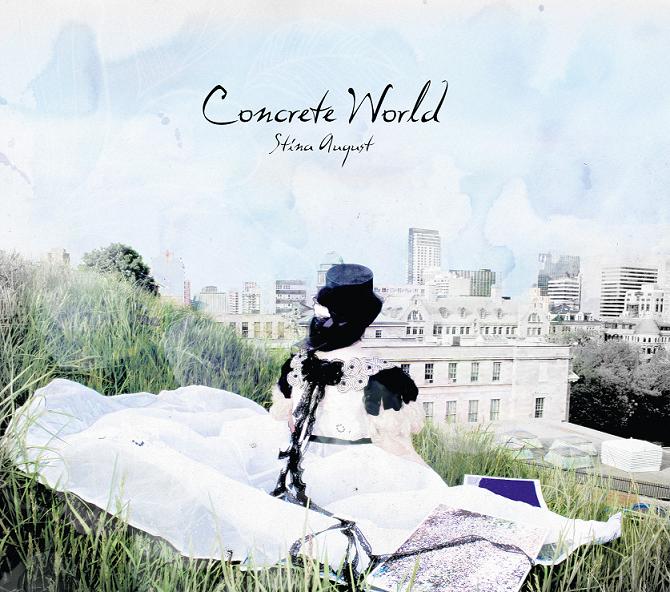
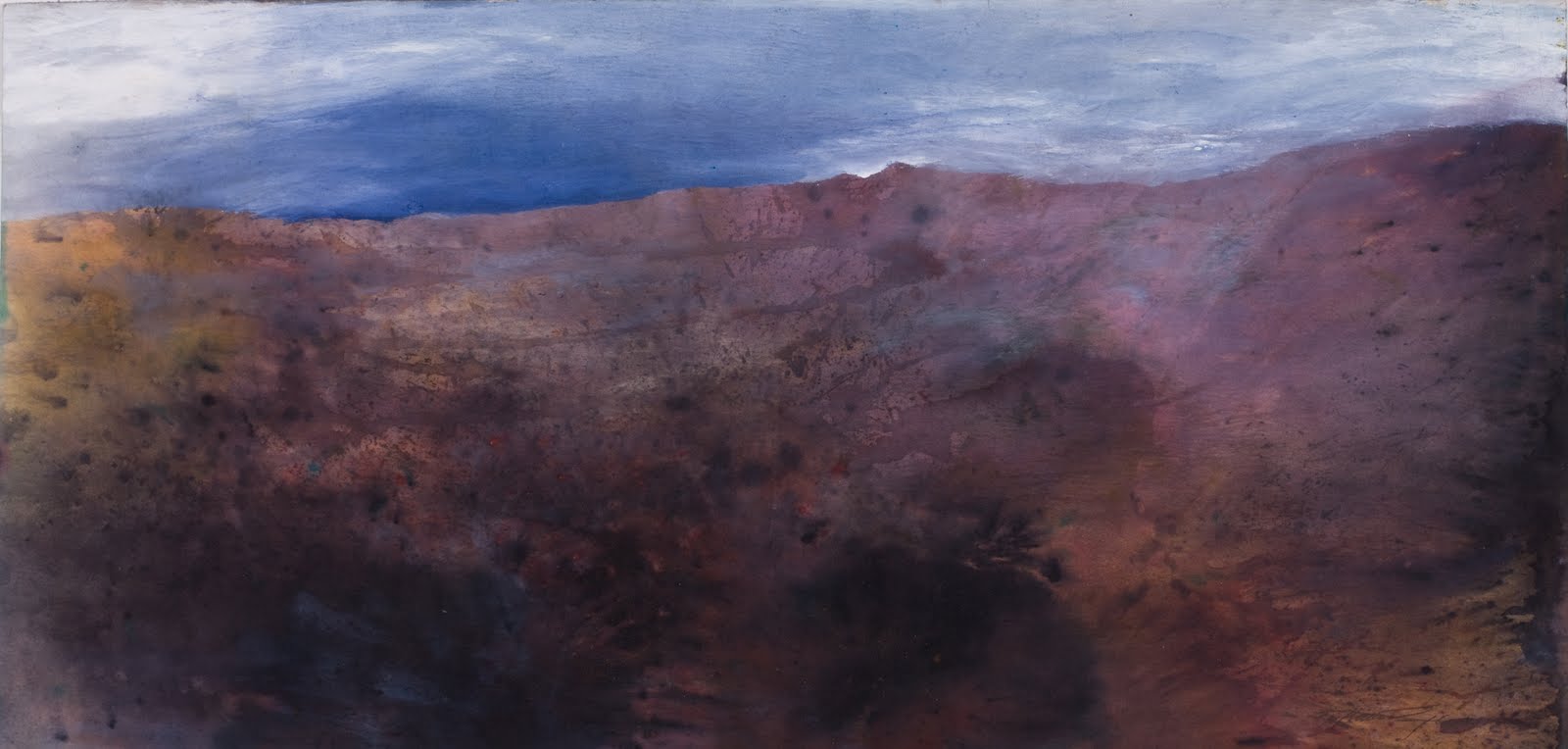
Stina August, an Icelandic vocalist who has been living in Canada for many years, released the same year her second solo album, Concrete World, all songs from my catalog.
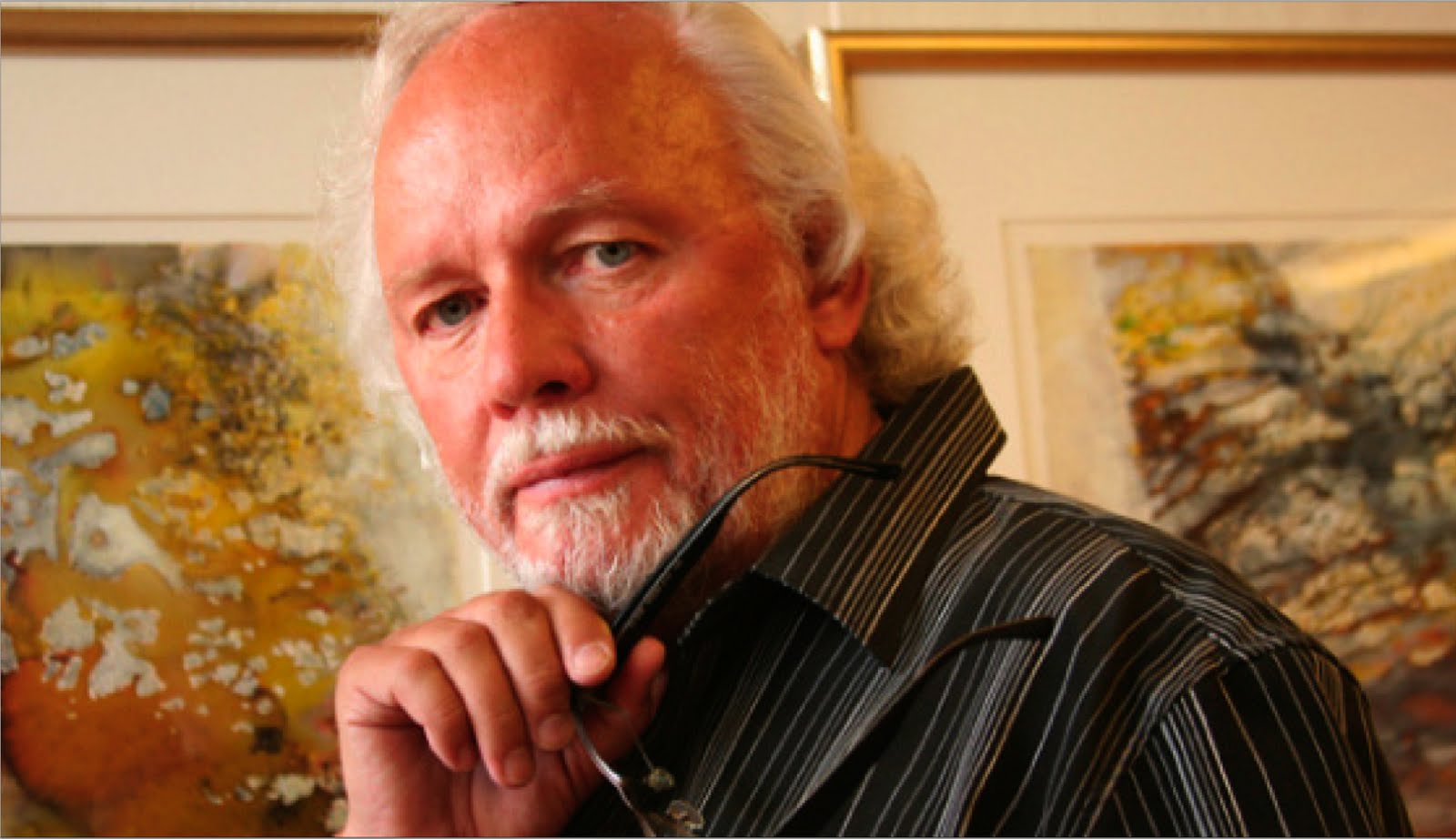
In collaboration with my friend Axel Einarsson we wrote the song Hjálpum þeim (Help Them) to help the Icelandic Church Aid (ICA) raise funds to help the less fortunate in Ethiopia in 1985. Now I have been working on an English version of this song, Help Them, recorded by well known Icelandic artists intended to be an inspiration, a reminder and a call to action, in the hope that the world responds swiftly to the plight of our brothers and sisters in East Africa.
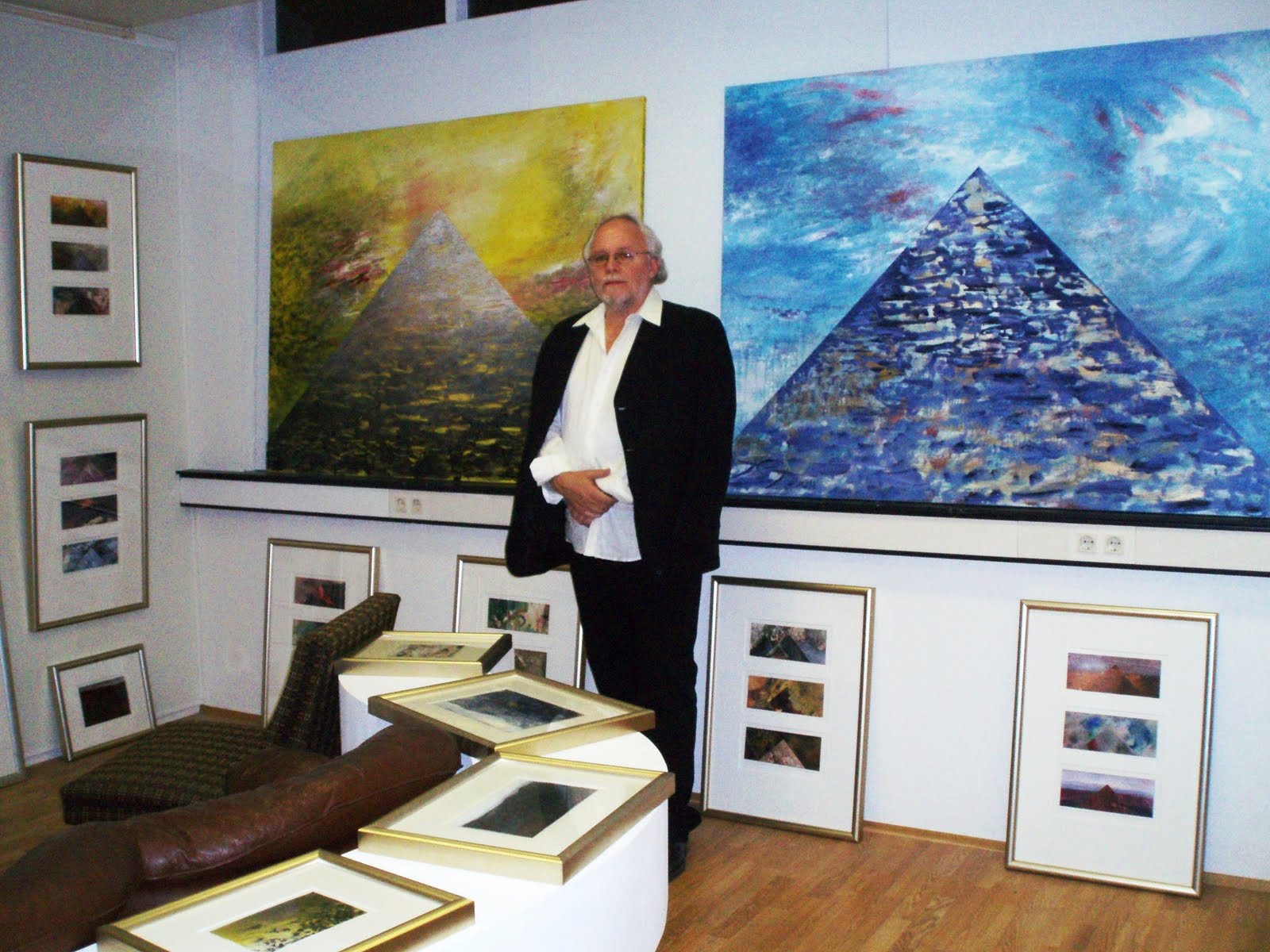
Here you can see the video.
Also you can hear most of my songs and records here.
– Klemen Breznikar

